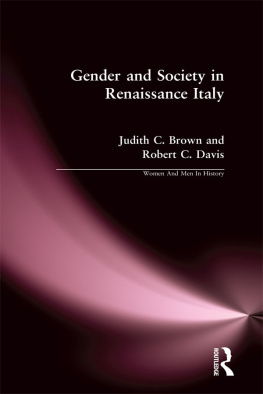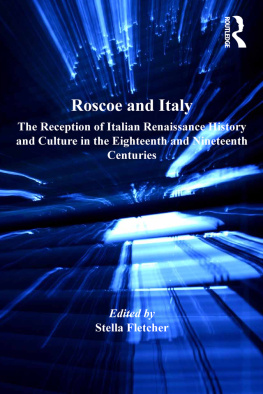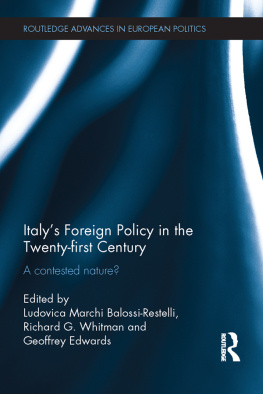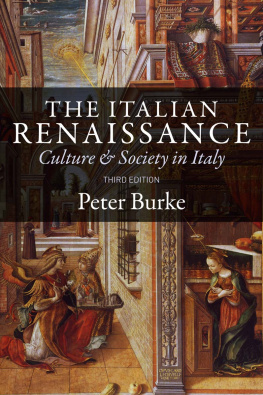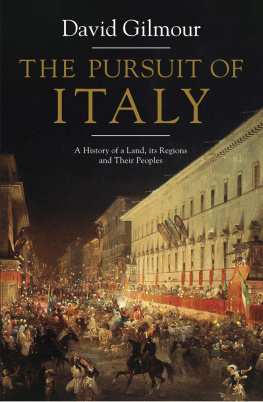

Published in 2014 by Britannica Educational Publishing
(a trademark of Encyclopdia Britannica, Inc.) in association with Rosen Educational Services, LLC
29 East 21st Street, New York, NY 10010.
Copyright 2014 Encyclopdia Britannica, Inc. Britannica, Encyclopdia Britannica, and the Thistle logo are registered trademarks of Encyclopdia Britannica, Inc. All rights reserved.
Rosen Educational Services materials copyright 2014 Rosen Educational Services, LLC.
All rights reserved.
Distributed exclusively by Rosen Educational Services.
For a listing of additional Britannica Educational Publishing titles, call toll free (800) 237-9932.
First Edition
Britannica Educational Publishing
J.E. Luebering: Director, Core Reference Group
Adam Augustyn: Assistant Manager, Core Reference Group
Marilyn L. Barton: Senior Coordinator, Production Control
Steven Bosco: Director, Editorial Technologies
Lisa S. Braucher: Senior Producer and Data Editor
Yvette Charboneau: Senior Copy Editor
Kathy Nakamura: Manager, Media Acquisition
Lorraine Murray: Editor, Geography
Rosen Educational Services
Jeanne Nagle: Editor
Nelson S: Art Director
Cindy Reiman: Photography Manager
Brian Garvey: Designer, Cover Design
Introduction by Lorraine Murray
Library of Congress Cataloging-in-Publication Data
Italy/edited by Lorraine Murray.First edition.
pages cm.(The Britannica guide to countries of the European Union)
In association with Britannica Educational Publishing, Rosen Educational Services.
Includes bibliographical references and index.
ISBN 978-1-61530-989-4 (eBook)
1. ItalyJuvenile literature. 2. European UnionItalyJuvenile literature. I. Murray, Lorraine.
DG417.I8853 2014
945dc23
2013000455
Manufactured in the United States of America
On the cover: Italian artist Arnaldo Pomodoros sculpture, Large Sphere, decorates the fountain in front of the Palazzo della Farnesina, which houses Italys Ministry of Foreign Affairs. Filippo Monteforte/AFP/Getty Images
CONTENTS

T he familiar boot shape of its peninsula and its storied past as the fulcrum of a mighty empire have made Italy one of the most readily recognizable Western European countries. There is more to Italya founding member of the European Union (in 1952)than geography and ancient history. This book introduces readers to the land, people, politics, economy, culture, traditions, and events that define the country as a whole. Yet one cannot help but be captivated by not only the way the countrys past has shaped its present but also how the two manage to coexist so seamlessly.
Some experts have noted that despite the fact that the Italian peninsula has been long inhabited and its civilizations have had a profound impact on the Western world, Italy proper did not exist until the kingdoms unification in 1861. This is true in some meaningful sense, as the unification of Italy created a self-identified single political entity, ruled by the House of Savoy, from what had been an area that was home to loosely connected city-states, principalities, kingdoms, and republics. Throughout history these states had maintained shifting alliances, and the territory was subject to a variety of foreign influences, some of whose foreignness was debatable; for example, the influence of France in Italys Piedmont region.
Yet the idea of Italian-ness, as perceived from both within and without, was certainly not newly created at the time of the Risorgimento, the unification movement of the late 19th century. Geographical factors, most notably the natural boundaries of the Alps in the north and the Adriatic, Ionian, Tyrrhenian, and Ligurian seas surrounding the peninsula on the remaining three sides, might well have been enough to encourage the perception of Italy as a distinct region. It was the tides of history, howeverincluding the comings and goings of tribes and conquerorsthat truly put Italy on the map. The most significant and lasting impact came with the rise of ancient Rome, beginning around 700 BCE , and its growth into first a republic, then an empire stretching from Scotland to India with the city of Rome at its heart. By as early as 264 BCE , the majority of the peninsula was either part of or allied with the Roman state. By the later years of the Roman Empire (c. 300 CE ), the territory known as Italia also included the islands of Sicily, Corsica, and Sardinia.
Thus it may be said that Italy actually existed millennia ago. It is this longevity that gives modern Italy what many feel is its most distinctive and haunting quality. Far from having been forgotten or left behind, the people of past eras have left bountiful physical evidence of their presence in the form of buildings, artifacts, place-names, and language. History itself persists, layer upon layer, as an almost palpable presence everywhere one turns.
This layering can be traced to ancient times. Beginning in about 750 BCE , the Greeks established colonies along the coast of what is now southern Italy and in Sicily, known collectively as Magna Graecia (Latin: Great Greece), that were contemporaneous with the Etruscan civilization. These cities, the site of trade and commerce, were far from the only contact the peninsula had with Greece, but they were significant outposts of Greek culture, and they persist today as Italian cities. Tarentum (modern-day Taranto, in Puglia) was settled by Spartans and was inhabited at various times by Goths, Byzantines, Lombards, and Arabs. On the east coast of Sicily, temples to the gods Apollo, Zeus, and Athena were built in Syracuse (Siracusa), which was settled by Corinthians. Agrigento, on Sicilys southern coast, was colonized by Greeks from Gela and is rich in Greek remains, including a large, unfinished temple to Zeus and a very well preserved Doric temple that was converted to a church in the late 6th century CE . (Many churches across Italy, as well as throughout Europe and the world over, were built over pagan temples as Christianity spread.)
One of the most arresting sites in Rome is the Pantheon, in the Piazza della Rotonda. This extremely well-preserved ancient Roman structure, dating to 27 BCE (since rebuilt and renovated), dominates the piazza, not only because of its massive size but also because of the information chiseled high on the exterior. The stentorian announcement M. AGRIPPA L. F. COS. TERTIUM FECIT (MARCUS AGRIPPA, SON OF LUCIUS, BUILT THIS DURING HIS THIRD CONSULATE) has proclaimed the building constructors importance ceaselessly across the centuries. Yet, far from being a static monument, this building, like so many others in Italy, has had several incarnations. Created as a temple for all the Roman gods, it was closed and left disused by the early Christian emperors, pillaged by barbarian invaders, and eventually turned into a Christian church. It still speaks today to passers-by and tourists as they walk around the dolphin fountain in the square or enjoy a slice of pizza while sitting in the square.
Such casual juxtaposition of the great and the mundane is one of Italys most remarkable aspects. In a residential area of Rome, far from the tourist sites, one may take a walk in the fresh air, away from the apartment blocks, cafes, housewares stores, late-20th-century churches and the like, and suddenly come upon the remains of a Roman aqueduct, its arches repeating across a field as if the greatest of Western empires had just ended yesterday, or perhaps had not ended at all. Surely such daily familiarity with past eras must encourage todays Italians to have an intimate relationship with their history. One can imagine that, living among such artifacts, people might come to regard them as things some recently departed neighbors left behind, like an abandoned house or a wheelbarrow in a yard.








